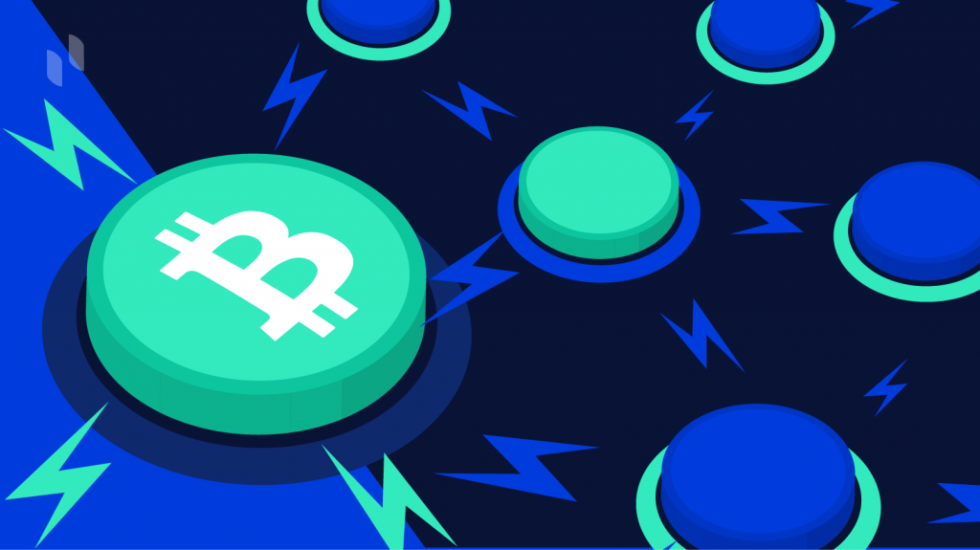In the lively and ever-changing world of child development, it’s common for children to display behaviors that can be difficult to manage or understand. Whether it’s a momentary lapse in focus, a burst of high energy, or an emotional outburst, these behaviors often leave parents wondering if what they’re witnessing is part of typical childhood or something more, like Attention-Deficit/Hyperactivity Disorder (ADHD). Distinguishing between ADHD and normal behavior can be challenging, but it’s crucial for providing the right support and interventions. This article explores the key differences between ADHD and normal behavior, offering insights into when to seek professional help.
Understanding ADHD
ADHD is a neurodevelopmental disorder characterized by persistent patterns of inattention, hyperactivity, and impulsivity that interfere with daily functioning. According to the American Psychiatric Association, ADHD affects approximately 5% of children worldwide, though some studies suggest that the number could be higher due to underdiagnosis. The disorder typically manifests in early childhood, with symptoms often becoming noticeable between the ages of three and six.
Children with ADHD may struggle with paying attention, following instructions, staying organized, and controlling their impulses. These difficulties can impact their performance in school, their relationships with peers, and their ability to manage everyday tasks. While many children exhibit these behaviors at times, the frequency, intensity, and duration of the behaviors are what often set ADHD apart from typical childhood behavior.
Normal Behavior vs. ADHD
One of the most significant challenges in identifying ADHD is that its symptoms can mimic behaviors that are normal for children, especially in early development. Here’s a closer look at how to differentiate between the two:
1. Inattention
Normal Behavior:
Children are naturally curious and easily distracted, especially in environments filled with stimuli. It's normal for a child to lose focus during tasks they find boring or challenging. For example, a child might daydream during a lengthy school lesson or forget to complete their chores occasionally.
ADHD:
In children with ADHD, inattention is more pervasive and persistent. They often struggle to focus on tasks or activities, even when these tasks are enjoyable. Their mind may wander frequently, making it difficult to follow through on instructions or complete schoolwork. This lack of focus is not just occasional but consistent across different settings (e.g., home, school, social gatherings).
2. Hyperactivity
Normal Behavior:
Young children are generally energetic and often have short bursts of high activity. It's typical for them to run around, climb, or fidget, especially when they’ve been sitting still for extended periods. This behavior tends to decrease as children grow older and learn to regulate their energy levels.
ADHD:
Hyperactivity in ADHD is more pronounced and less controllable. A child with ADHD may be unable to sit still for even short periods, constantly fidgeting, tapping their feet, or squirming in their seat. This restlessness occurs across various situations, not just when they're expected to be still. It often leads to disruptions in class, difficulty completing tasks, and challenges in social situations where calm behavior is expected.
3. Impulsivity
Normal Behavior:
Impulsivity is common in children as they learn to navigate social norms and develop self-control. It’s typical for a child to act on a whim, interrupt conversations, or have difficulty waiting their turn. These behaviors generally improve with age and guidance.
ADHD:
For children with ADHD, impulsivity is more intense and problematic. They may frequently interrupt others, blurt out answers in class, or engage in risky behaviors without considering the consequences. Their impulsive actions are not limited to isolated incidents but are a consistent part of their behavior, often leading to social difficulties and accidents.
When to Seek Help
Understanding the nuances between normal behavior and ADHD is essential for parents and caregivers. While every child may occasionally display behaviors associated with ADHD, the key is to observe the frequency, intensity, and impact of these behaviors.
The Role of a Professional Diagnosis
Only a trained healthcare professional, such as a pediatrician, psychologist, or psychiatrist, can diagnose ADHD. The diagnostic process typically involves a thorough evaluation, including interviews with the child and parents, behavior assessments, and sometimes input from teachers. It’s important to note that ADHD symptoms can overlap with other conditions, such as anxiety, depression, or learning disabilities, so a comprehensive evaluation is crucial.
Conclusion
Distinguishing between ADHD and normal childhood behavior can be challenging, but understanding the differences is essential for ensuring children receive the appropriate support. While it’s normal for children to be inattentive, hyperactive, or impulsive at times, when these behaviors become persistent and disruptive, it may be time to consider the possibility of ADHD. Early intervention can make a significant difference, helping children with ADHD develop strategies to manage their symptoms and thrive in their daily lives.





